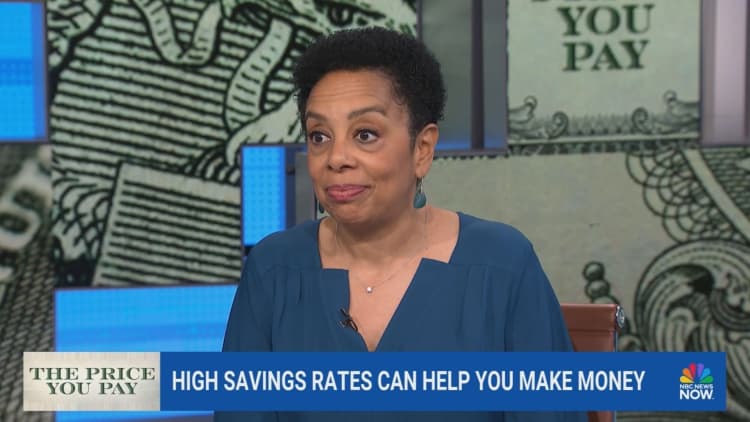
Filadendron | E+ | Getty Images
If you’re considering converting to a Roth individual retirement account, you could save on taxes by taking advantage of a limited time window, experts say.
Roth conversions move pre-tax or non-deductible IRA money into a Roth IRA, jumpstarting future growth tax-free. The trade-off is the initial taxes due on the converted balance.
The decision to convert a pre-tax balance depends on several factors. But converting early in retirement – when your income is lower – could reduce your initial tax bill.
After you stop working, but before you start mandatory withdrawals from retirement accounts, that’s “the sweet spot” for Roth conversions, according to JoAnn May, a Berwyn, Ill.-based certified financial planner at Forest Asset Management. She is also a chartered accountant.
Learn more about personal finance:
More Home Sellers Pay Capital Gains Tax: How to Reduce Your Bill
How to Avoid Getting “Punched” by Taxes on Inherited Individual Retirement Accounts
IRS Waives Mandatory Withdrawals From Some Inherited IRAs – Again
If your income declines after retirement, “there will be good years for conversions,” May said.
Additionally, many investors want to take advantage of lower income tax brackets through 2025 before the provisions disappear following the tax overhaul signed by former President Donald Trump, she said.
After a Roth conversion, you will have to pay income taxes on the amount converted. But your bracket depends on your taxable income for that year.
Roth conversions can reduce your taxable retirement balance subject to future required minimum distributions. Roth accounts are not subject to RMDs.
A Roth conversion could also eliminate taxes for heirs who later inherit the account. As of 2020, most adult children must exhaust their inherited accounts within 10 years, known as the “10-year rule,” which can trigger tax problems during peak earning years. students.
How Roth Conversions Affect Medicare Premiums
Because Roth conversions can increase income, they can also affect the income-related monthly adjustment amounts, or IRMAA, for Medicare Part B and Part D premiums, May said.
Your IRMAA is based on what’s called “modified adjusted gross income,” or MAGI, which is your adjusted gross income plus tax-exempt interest — and there’s a two-year lookback.
“It’s a big piece,” said Ashton Lawrence, CFP and principal at Mariner Wealth Advisors in Greenville, South Carolina. “No one likes paying excess premiums.”
The standard monthly premium for Medicare Part B is $174.70 in 2024. But it could be higher with a 2022 MAGI higher than $103,000 for individuals or $206,000 for married couples filing jointly.
The MAGI limits are a cliff, and the income from a Roth conversion could easily push you into the next bracket, Lawrence warned.
“The last thing you want is to go over that $1,” he said. “Now your Medicare premiums have increased significantly.”

cnbc





